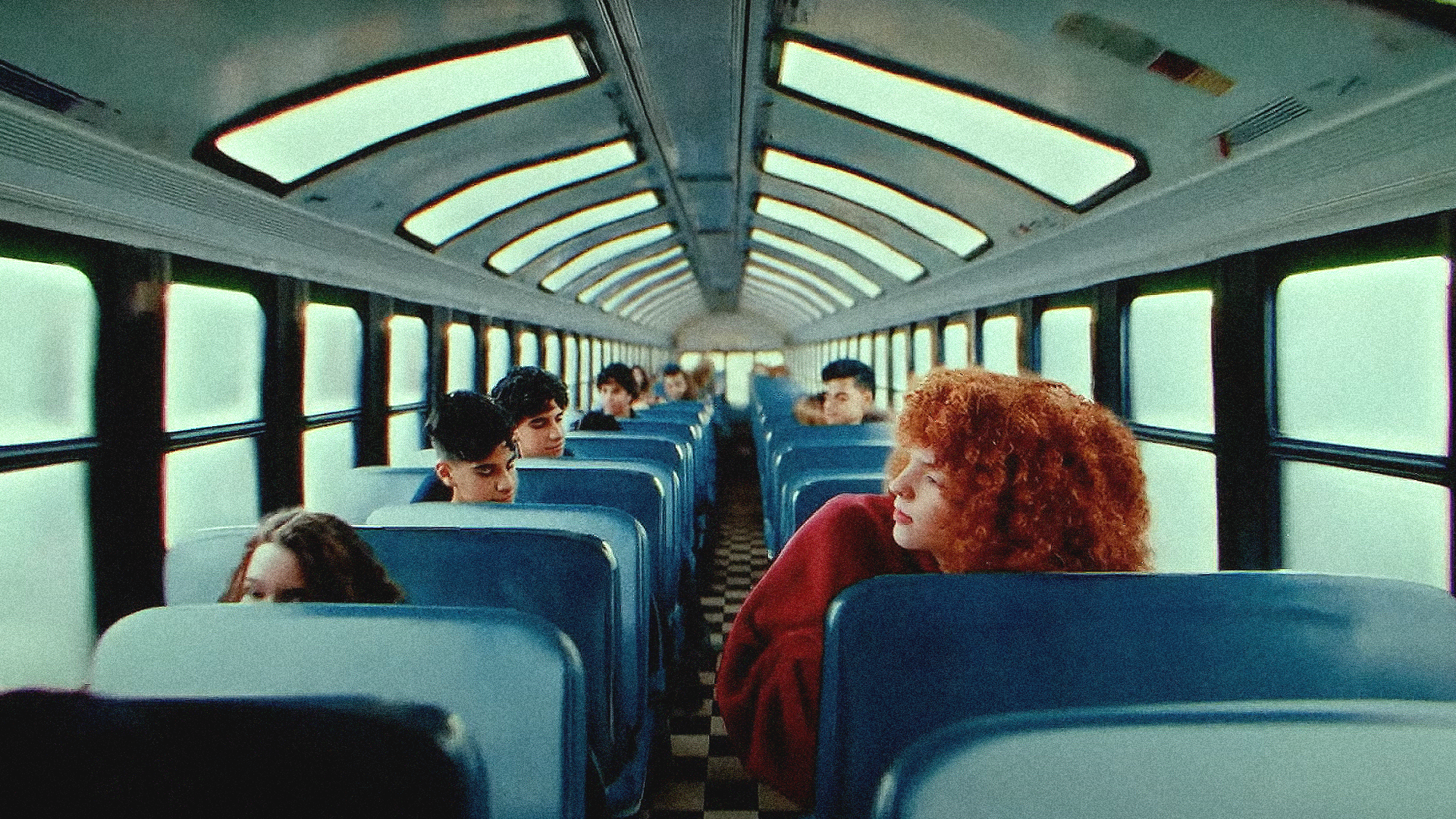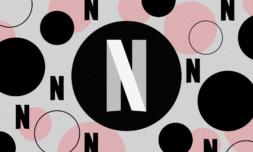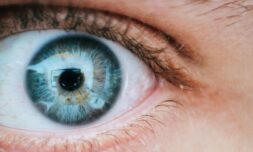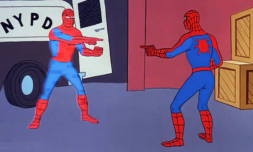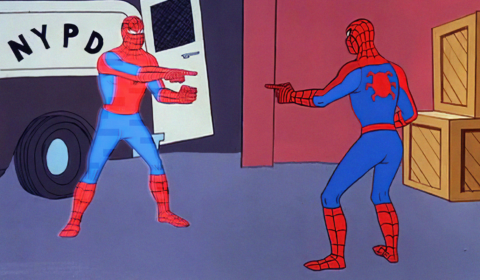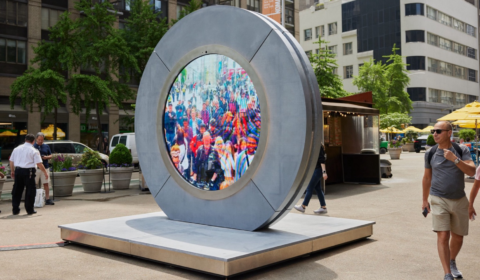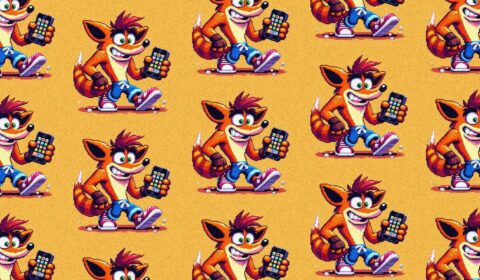A new song called ‘The Hardest Part’ by the artist Washed Out was created entirely using OpenAI’s Sora, which converts text prompts to realistic video. The first of its kind, it is both impressive and terrifying, depending on where you stand.
It seems like every week we’re writing about AI.
Using text prompts to create auto-generated content has exploded in popularity in the past two years.
Where once it seemed like a distant fantasy to instantly create anything out of nothing, we’re suddenly living with AI in very real ways that are likely to have profound implications on many job sectors; it’s partly exciting and partly terrifying, depending on who you ask.
View this post on Instagram
A new music video for the song ‘The Hardest Part’ by indie artist ‘Washed Out’ is likely to spark further debate on the creative and ethical implications of AI. It is the first major-label music video made entirely using Sora, OpenAI’s newest text-to-video generation software.
It features one, continuous camera shot that weaves between corridors, cars, streets, roads, and rolling hills, as various characters run between sets and interiors. It’s surreal, trippy, and technically incredible. Take a look for yourself below.
The music video was directed by Paul Trillo and is the longest ever created using Sora – so far.
In an interview with the LA Times, Trillo explained how he generated short clips and stitched them together, noting that a removal of budget limitations let him explore ‘alternate outcomes’ and expand his vision significantly. In total, it took six weeks to put together, with 55 clips edited together from roughly 700 generated videos.
Sora is not currently available to the public and can only be used by a select few.
View this post on Instagram
The software was first unveiled in February and is still undergoing tests and quality checks. OpenAI is reportedly in meetings with Hollywood executives and producers to address intellectual property worries.
It would be very easy for anyone to misuse character or franchise likenesses using Sora, unless OpenAI places sturdy limitations on certain prompts and terms from the outset. Image generators such as Midjourney, DALL-E, and Microsoft’s Copilot already struggle to accurately censor or block imagery for copyright infringement.
Sora is likely to run into similar problems.









